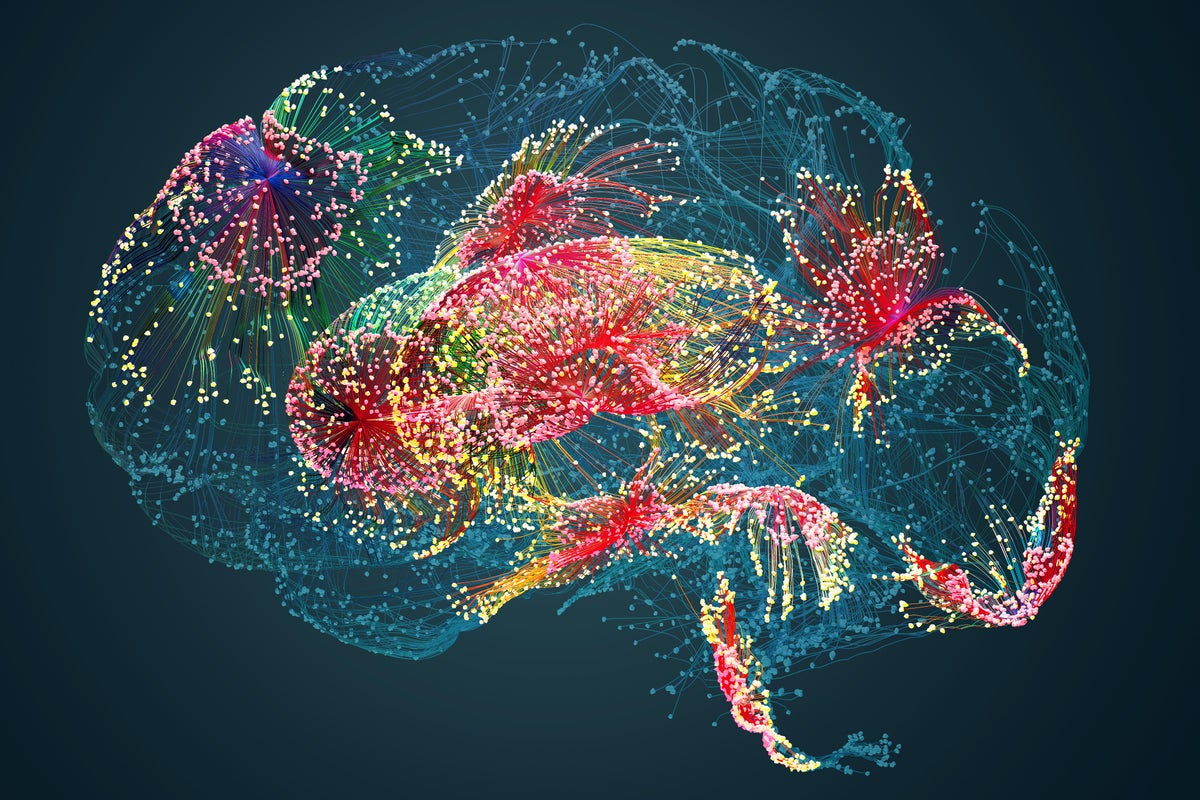The brain is a mere piece of furniture in the vastness of the cosmos, subject to the same physical laws as asteroids, electrons or photons. On the surface, its three pounds of neural tissue seem to have little to do with quantum mechanics, the textbook theory that underlies all physical systems, since quantum effects are most pronounced on microscopic scales. Newly proposed experiments, however, promise to bridge this gap between microscopic and macroscopic systems, like the brain, and offer answers to the mystery of consciousness.
Quantum mechanics explains a range of phenomena that cannot be understood using the intuitions formed by everyday experience. Recall the Schrödinger’s cat thought experiment, in which a cat exists in a superposition of states, both dead and alive. In our daily lives there seems to be no such uncertainty—a cat is either dead or alive. But the equations of quantum mechanics tell us that at any moment the world is composed of many such coexisting states, a tension that has long troubled physicists.


